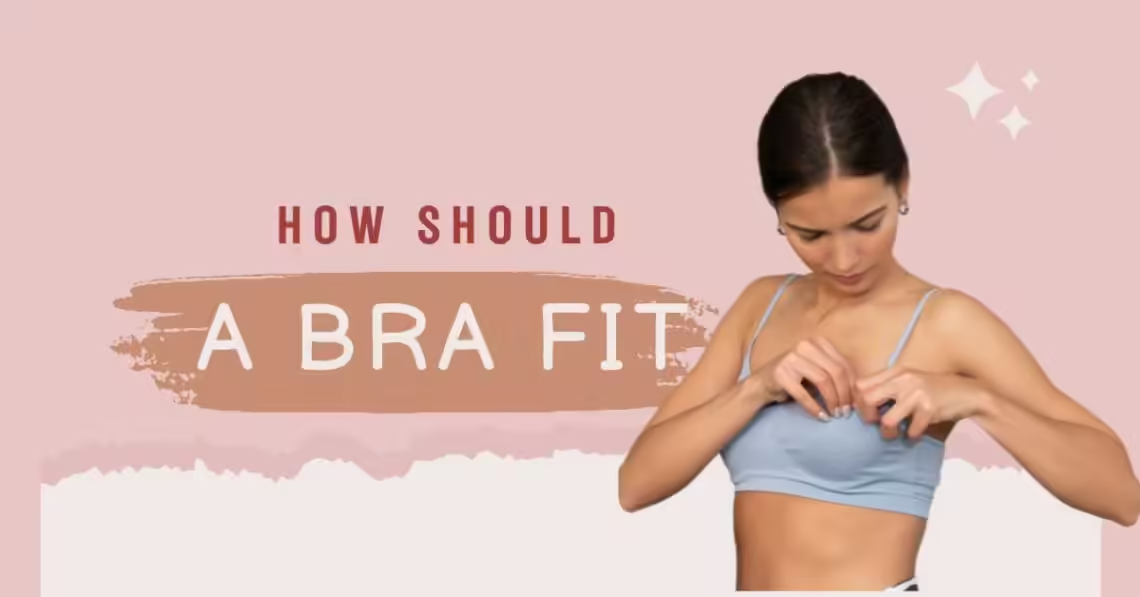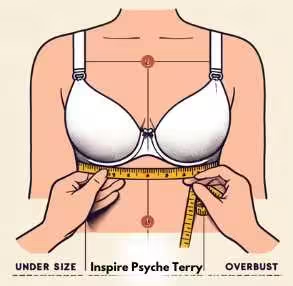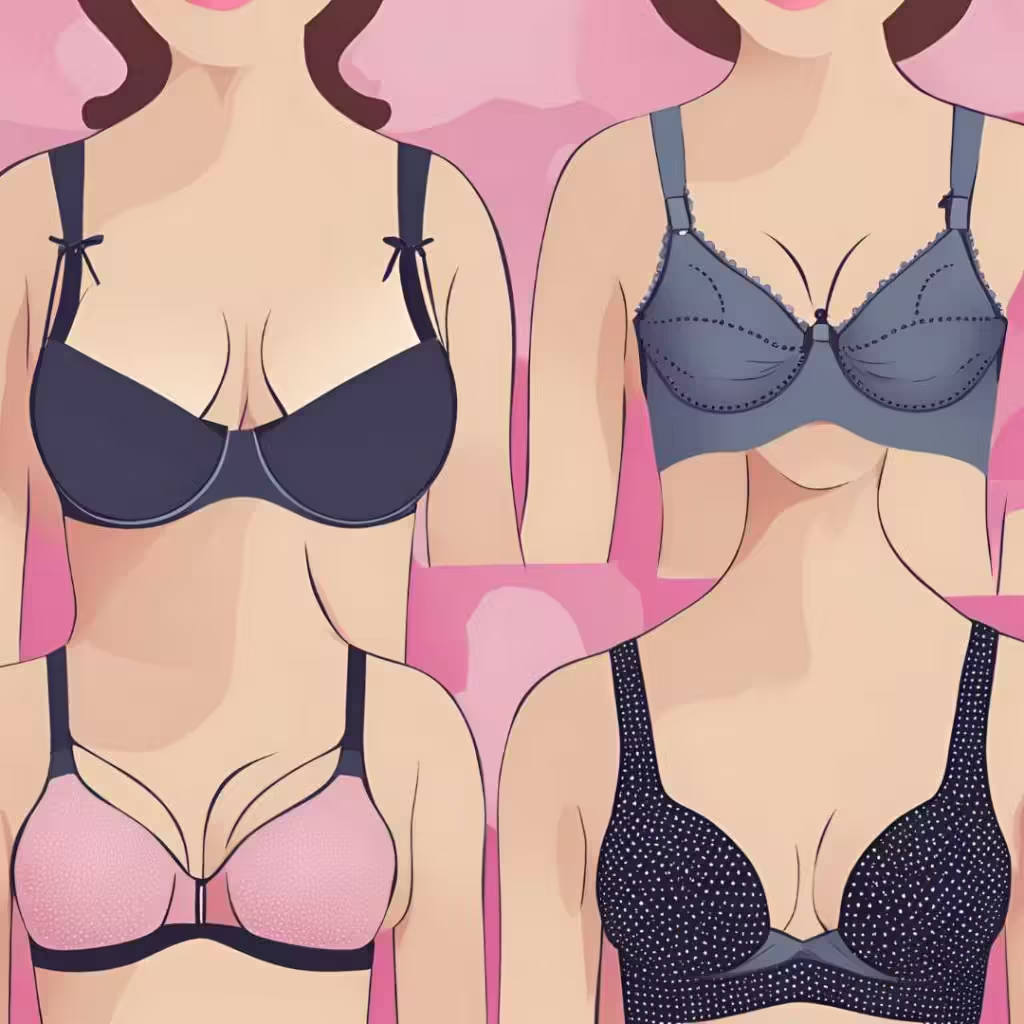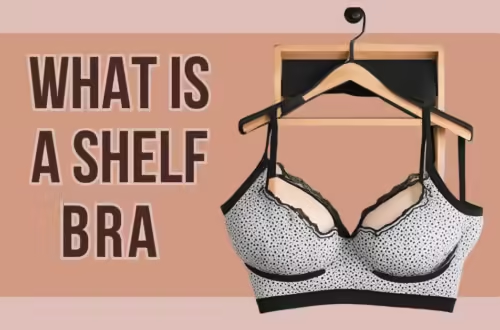
How Should a Bra Fit? Practical Tips for the Perfect Fit
Ever tried on a bra that just didn’t feel right, no matter how many adjustments you made? Yeah, we’ve all been there, pulling at the straps and tugging at the band, only to give up in frustration. So, how should a bra fit, really? It’s all about balance—getting the right support without sacrificing comfort. And trust me, once you find that perfect fit, it’s like a mini triumph every time you wear it. Let’s break it down so you can finally feel comfortable and confident in your bras.
How Should a Bra Fit?
A bra should be comfortable, supportive, and give a little lift. The band should fit snugly around your ribcage without being too tight. The cups should hold your breasts without gaps or spilling over, and the straps should stay on your shoulders without slipping or digging in.
How Do You Know If Your Bra Fits Properly?

Here’s where most of us mess up—we don’t measure ourselves properly before buying bras. But don’t worry, it’s super easy to do at home. Grab a measuring tape, and let’s get started:
- Band Size: Wrap the tape snugly around your ribcage, just under your bust. Make sure it’s level and tight enough without cutting into your skin. Round up if it’s an odd number.
- Cup Size: Measure around the fullest part of your bust. Subtract your band size from this number, and every inch of difference is your cup size (1 inch = A, 2 inches = B, and so on).
Once you’ve got your numbers, finding the right bra is way easier. You know a bra fits properly if the band stays put, the straps don’t dig in, and the cups fully cover your breasts without spillage or gapping. Simple, right? It might take a couple of tries, but when you get it right, it’s totally worth it.
How Do You Know If Your Bra Is the Wrong Size?
You’re wearing the wrong size bra if you’re constantly adjusting it throughout the day—like, pulling the band down or fixing the straps. Here are the usual suspects:
- Band riding up your back: It’s too loose. A snug band should stay level.
- Straps digging into your shoulders: Either your straps are too tight, or your band isn’t doing its job.
- Cups gapping or spilling over: Your cup size is too big or too small.
- Breasts not feeling supported: If your boobs are bouncing or sagging, something’s off with the fit.
If any of these are happening, it’s time to size up—or down. It can feel like a hassle, but wearing the right size makes a world of difference.
The Role of the Band in Bra Fit
Let’s be real—the band does all the heavy lifting in a bra (literally). It should feel snug but not suffocating. The band is where most of your support comes from, so if it’s too loose, you’re going to have a bad time. If it’s riding up, that’s a sure sign it’s too big.
How Snug Is a Bra Supposed to Be?
You should be able to fit two fingers comfortably between the band and your skin, but no more than that. If you feel like you’re about to pop, it’s too tight. Adjusting the hooks can help find that sweet spot.
Should Bras Be Tighter or Looser?
Well, neither. Your bra should be snug enough to give you support but loose enough to let you breathe. If it’s squeezing the life out of you, it’s too tight. But if you’re constantly hiking it up, it’s too loose. The fit should feel secure, not like you’re in a straightjacket.
As bras stretch over time, it’s a good idea to start on the loosest hook and gradually tighten it as the fabric loosens.
How to Find the Right Bra for Your Body Type

Different bodies need different bras—what works for one person might not work for another. If you’ve got a fuller bust, you’ll want bras with wider bands and reinforced straps for more support. For smaller busts, bras like those from Pepper are great because they offer a snug fit without any annoying gapping. Petite? Look for smaller band sizes and lightly padded cups to give you a bit of shape. If you’re athletic, you might want something with a little more flexibility in the band and straps.
Finding the right bra for your body type can feel like a win, trust me. It’s worth taking the time to figure out what styles and brands work best for you.
Common Bra Fit Problems and How to Solve Them

We’ve all dealt with annoying bra fit issues, right? Here’s how to tackle the most common ones:
- Gapping cups: Try a smaller cup size or switch to a plunge style.
- Straps slipping off: Fully adjustable straps can be a lifesaver.
- Underwire poking: If the underwire is digging in, the band might be too tight—or the bra’s just worn out.
Finding solutions for these problems can save you from endless frustration. You might need to experiment with different styles, but when you find the one that works, it’s like winning the bra lottery.
Conclusion: Why the Right Bra Fit Matters
At the end of the day, finding the right bra fit can totally change how you feel—both physically and emotionally. A well-fitting bra can improve your posture, reduce discomfort, and boost your confidence. So don’t settle for a bra that’s just “good enough.” Take the time to get fitted or measure yourself properly.
If you’re still unsure, check out our bra sizing guide to get started. Trust me, once you find the perfect fit, you’ll never go back to those ill-fitting bras again.




